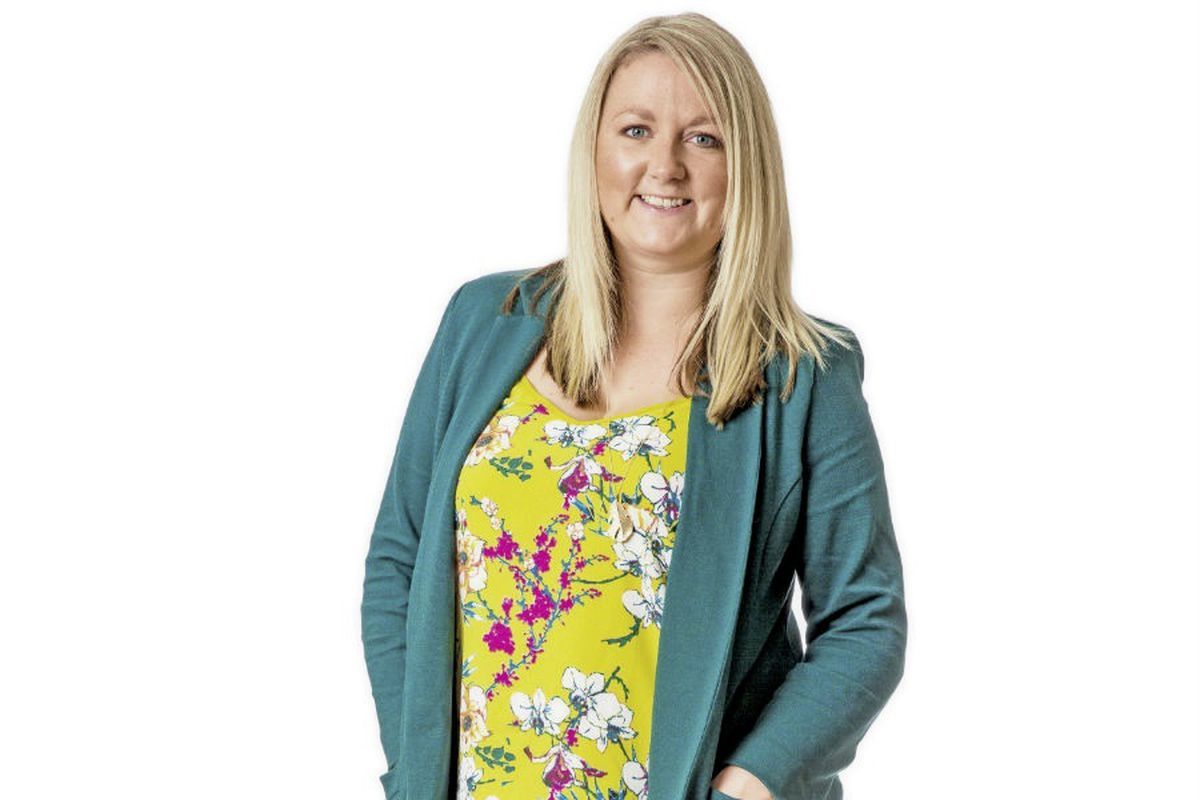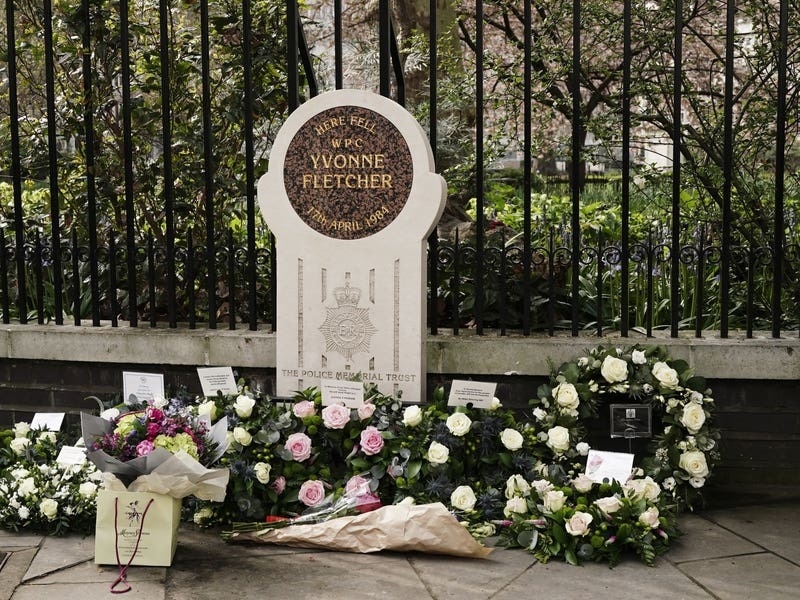It is a sign which has captivated my son since his first day in Reception and he regularly quotes its meaning if we chat about diversity and equality at home.
Increasingly for our children embracing this simple message is just part of growing up.
Last week this newspaper ran a story detailing how a local mother had persuaded her employer – trust company Vistra – to spend £500 on a new set of books for her son’s school to increase the diversity of characters that they are exposed to.
The books came from the company Little Box of Books, which specialises in collating stories showing gender equality, diversity in culture and race, and representation of different types of families and disabilities.
St Lawrence School head teacher Amory Charlesworth said it was often surprisingly difficult to find children’s books with characters representative of society and welcomed the donation. He said it was important that the whole school community was able to ‘see themselves in stories’.
When that article was published online there was much praise for the hard work put into the project by this mother and the business she works for.
But there was a worrying number of comments which failed to see past the mention – alongside many other characteristics, I should point out – of ‘LGBTQ+ role models’ alongside anything to do with schoolchildren.
One commentator even suggested it was ‘sexualising children’.
Let’s be clear – these books are absolutely nothing to do with sex. They may feature a child with two mums or two dads, for example, but they are not sexual in any way, just as a book featuring a heterosexual couple aimed at primary-school children would not be.
Instead those online comments reflect an ongoing problem within our society that needs addressing – why are we scared of the concept LGBTQ+? Why is it the only thing that some people see in a list about diversity and inclusion that also includes race, disability, gender and more?
And will we ever get to a point where it becomes as unacceptable to fixate on this concept as it now is to do so with race?
It also raises another, perhaps more worrying, question: if these people fixate on this feature in something as simple as a news story, how do they react when they actually meet and perhaps have to work with or interact with a person who identifies as LGBTQ+?
Education and open discussion must surely be a key part of the answer to all of the issues this raises, and great strides have been taken in recent years on this very point. By raising awareness, breaking down the barriers and answering questions around this subject campaigners locally and further afield have been hugely successful in moving the conversation forward.
But there is clearly a long way to go.
Ironically, however, it is probably not our children who need educating.
Learning about acceptance and diversity and their own individual rights and respecting those of other people, no matter their differences, is now a key part of the curriculum.
And although our youngest children love to ask questions and want to know why people may be different to them or how that impacts them, they are much more unlikely to question a person’s right to be different and whether that prevents them being equal.
And let’s remember that if you ask a very young child who they may marry when they grow up, things like gender, age and even relationship to them will not come into it.
They will answer with someone whom they truly love – their best friend, boy or girl, their favourite cousin, even their own mum or dad.
It is society that enshrines in them in the years to follow that there are certain rules around who you can have such a relationship with. Again, this is long before sex has anything to do with it.
Our world has changed and gender no longer forms part of these societal ‘rules’. Which is exactly why showing our children LGBTQ+ role models within age-appropriate stories should be no bigger deal than showing a child a story featuring a character with a different-coloured skin to theirs, or a little girl in a wheelchair or a boy who speaks a different language to their own or a child with a single parent.
As that sign at the entrance to that school says, we are all different, yet we are all equal.
And our children deserve to have access to all kinds of role models which reinforce this message and help them identify where they fit in the world but also embrace where others do too.
Perhaps they can then teach some of us adults a thing or two about true diversity and inclusion.






